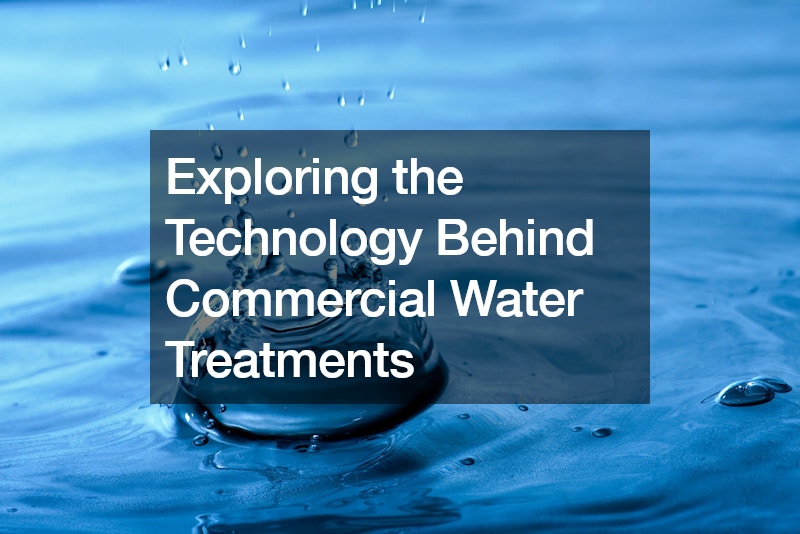Water is life, and ensuring that it stays in its purest form is essential for human health and environmental sustainability. As a result, technologies have since been devised to ensure that wastewater is treated and reused, as discussed in the video. To get a better understanding of a commercial water treatment, these are some of the technologies they use:
1. UV Irradiation Technology
This technology is also known as e-boiling. It focuses on utilizing UV rays to kill water bacteria and any other harmful substances.
Additionally, a UV water purifier also contains a small mercury lamp that radiates UV light to interrupt the DNA structures of these microorganisms, ensuring they stop reproducing. As such, the water stays safe for human and animal use.
2. Membrane Filtration Technology
In commercial water treatment, membrane filtration technology is ideal. It can further be categorized into two categories, as either low- or high-pressure membrane filtration. Most importantly, it has proved to be effective in surface water treatment and the softening of hard water. Additionally, spiral wrap, flat sheets, and tubular methods are also used with this technology.
3. Reverse Osmosis
Reverse osmosis utilizes semi-permeable membranes to remove impurities, salts, and contaminants from water, ensuring high-quality drinking water. Note that the semi-permeable membrane only contains tiny pores that only allow water molecules to pass through it.
Wrapping Up
Understand that these technologies not only safeguard public health but equally contribute to sustainable water management practices by cutting down water wastage. As such, they’re ideal for countries or regions that face a scarcity of fresh water.
.


